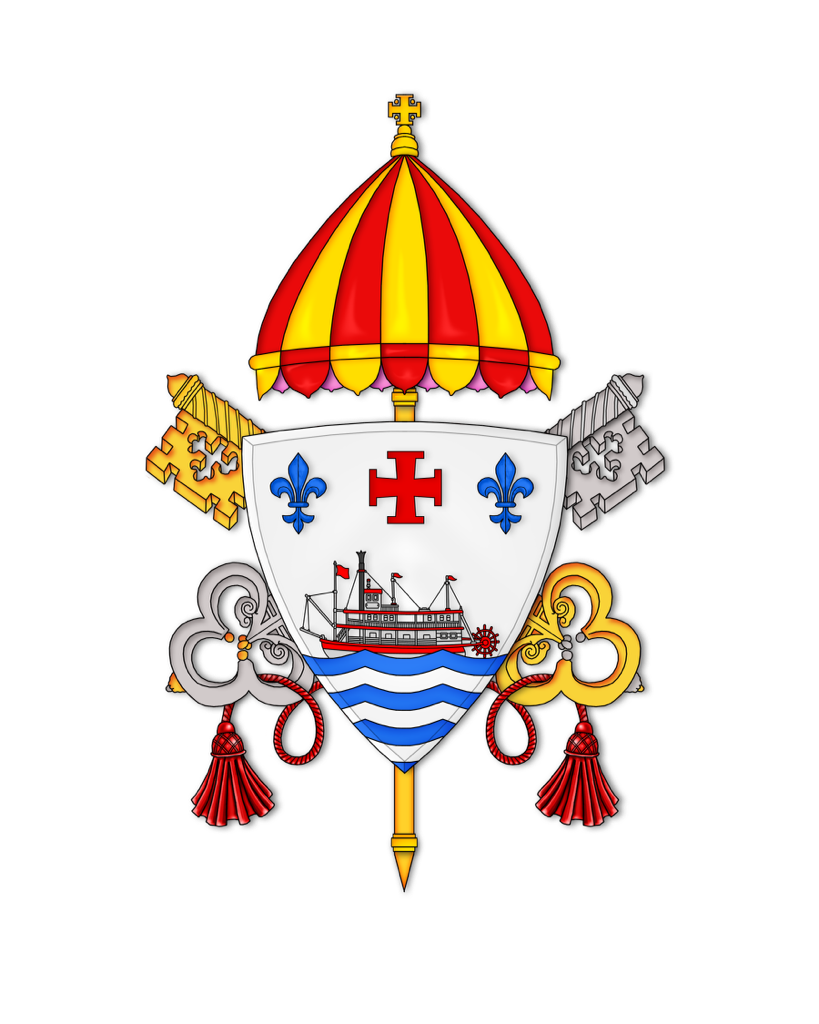Saint Louise de Marillac
Feast Day March 15
By Philip Zuccaro
“Love the poor and honor them as you would Christ himself” St Louise de Marillac declared. This statement became the foundation of her order, the Company of the Daughters of Charity in 1633.
Born in LeMeux, France, in 1591, Louise was born into the powerful de Marillac family, and as such was educated among the affluent Parisian society and cared for in a Royal Monastery. Drawn early to cloistered life, she was rejected from this calling due to ill health.
At age 22, Louise married by family arrangement Antoine Le Gras, Secretary to Queen Marie of France. Louise soon assumed prominence in the Ladies of Charity, an organization of wealthy women serving the poor and sick. In 17th century France, nearly all such ministry was rendered by the wealthy.
By the time of Antoine’s death in 1625, Louise had met Vincent de Paul, whom she had chosen as her spiritual guide to her life’s ministry of service to the needy. Vincent recognized her unique combination of compassion for others, organizational skills, and ability to teach and motivate young peasant girls to perform works of charity. Together, they developed a model of direct service to those in need, utilizing those not of elite social class.
Louise forged partnerships between politicians, religious and medical personnel to form a system of pastoral care of all in need. Once established in Paris, Louise spread through missionary work this system nationwide. By the time of her death in 1660 there were over 40 houses of the Daughters of Charity. She revolutionized the method and volume of care for those in need in France during her lifetime and in many areas of the world. This was accomplished by inspiring numerous components of society beyond the wealthy to service of humanity. The order was integrated into hospitals, orphanages, and institutions for the elderly and mentally ill.
Louise de Marillac was beatified in 1920, canonized in 1934, and in 1960 declared patroness of social workers. Her patronages include widows, the sick, disappointing children, those who suffer loss of parents, and those rejected by religious orders. Her feast day is March 15.
In this window of Saint Louise, she is wearing widows’ clothing typical for her time period. It was made from common fabric of women from the middle or lower class with the addition of a dark veil over linen head dress. This fit her philosophy of the common class helping the poor.
Return to The Saints of the Basilica

Memory of Mary Louise Reale
Stain glass window in St. Mary Basilica
The Basilica of Saint Mary
105 South Union Street
Natchez, MS 39120

Church Office @Family Life Center
613 Main Street
Natchez, MS 39120
601.445.5616 | Email